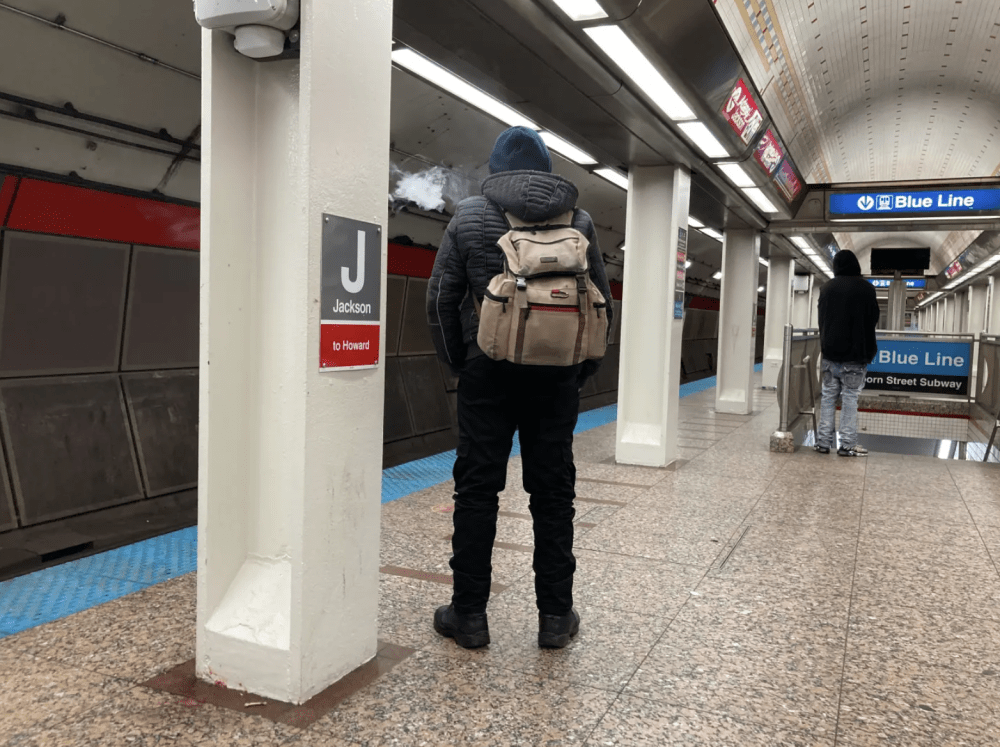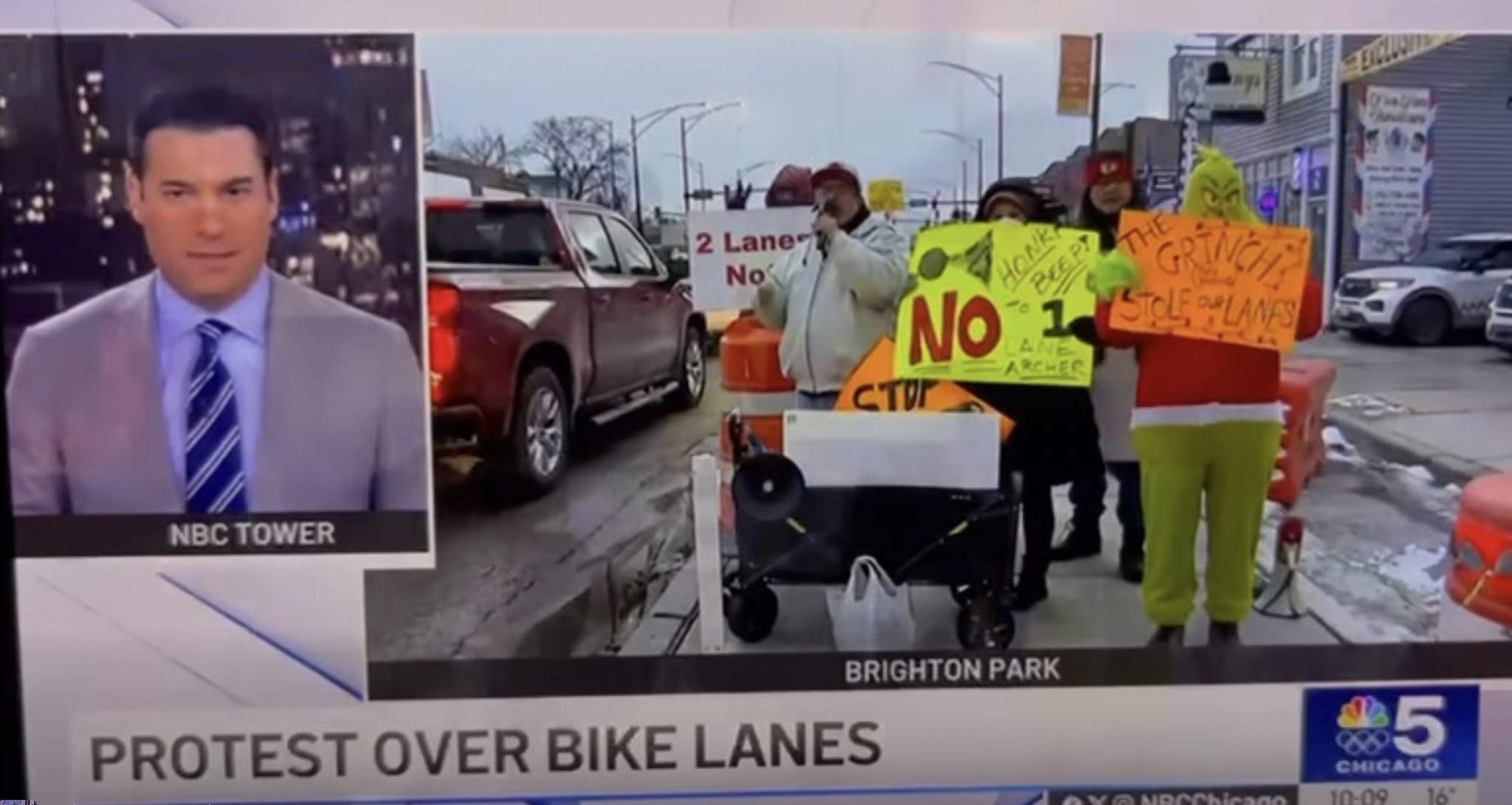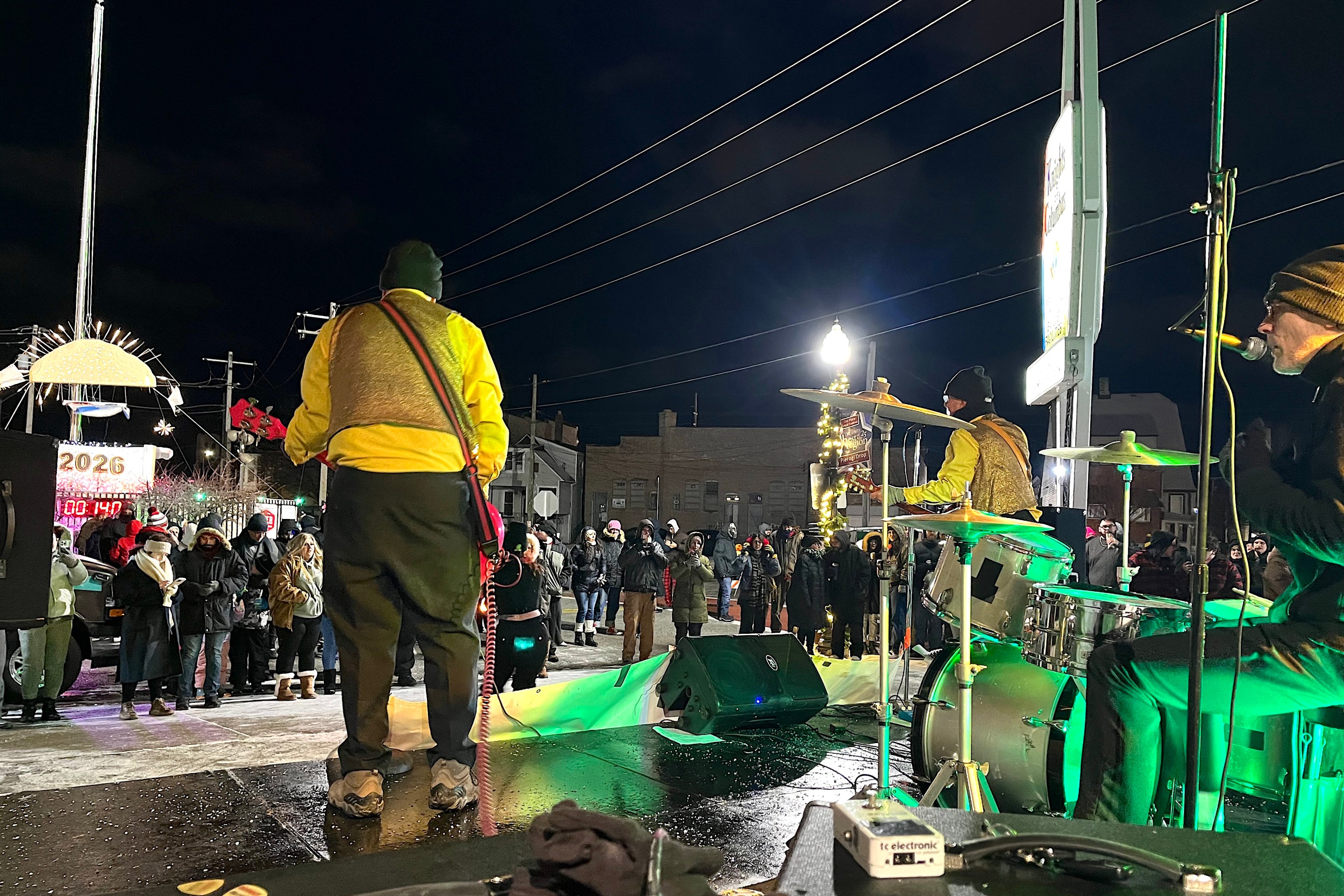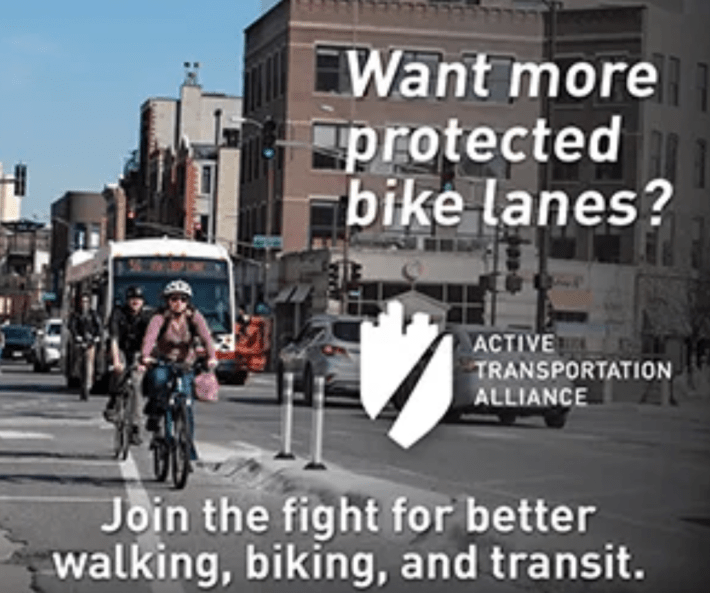
During COVID-19 and the post-pandemic era, there have been many frustrating or concerning things about riding the CTA. I'm talking about problems with unreliable service due to difficulties retaining and hiring staff, issues with cleanliness, and reports of violent crime.
But maybe the problem that feels the most like a personal insult to many transit customers is smoking on the CTA. It became more common after ridership plummeted as people sheltered at home. And it doesn't seem to have gotten that much better since then, even as 'L' train use has slowly started returning to 2019 levels.
In particular, smoking in train cars forces people with respiratory problems, children, and seniors to inhale second-hand smoke, a serious health hazard. And it's a major annoyance for the rest of us. Besides feeling disrespected, no one wants to show up at their destination smelling like someone else's tobacco or marijuana.
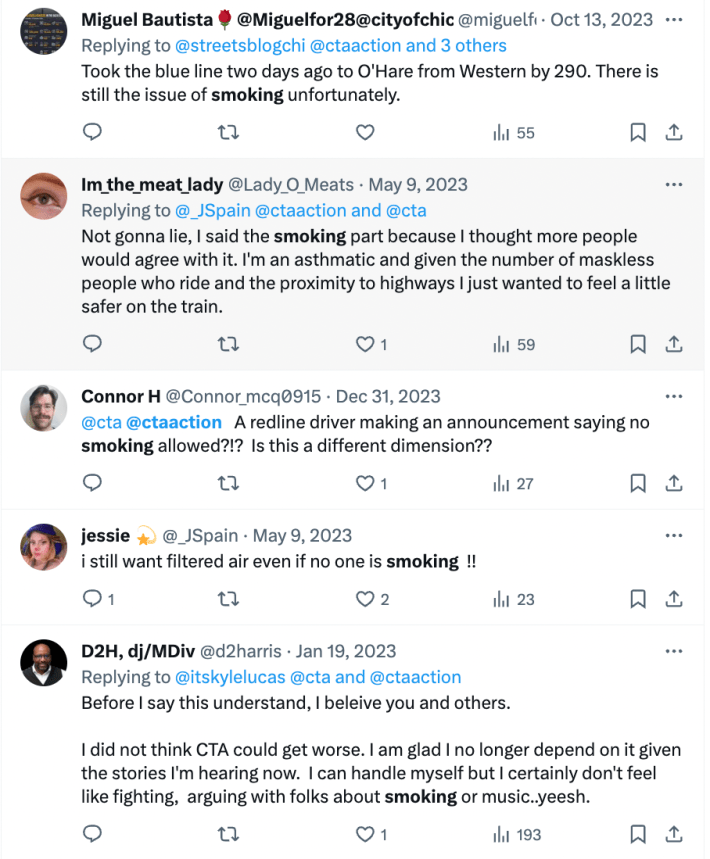
The CTA tried to give us some good news about this topic today. It announced that the Chicago Police Department wrote more tickets for smoking on the CTA than any year since COVID hit, over 6,300 citations. The agency noted that, along with standard circle-with-a-line-through-it no smoking signs, it uses digital ads and PA announcements on trains to spread the word that smoking is a no-no on buses, rail platforms, and the 'L'.
"Smoking on CTA trains, buses and stations is not just illegal, it’s thoughtless," said embattled President Dorval R. Carter, Jr. "Not only is it a public health issue for those inhaling second-hand smoke, but it’s a nuisance to others who just want an enjoyable transit riding experience."
The CPD, which does law enforcement on the CTA, provided the following numbers for smoking citations in the system:
- 2019 (pre-pandemic, when ridership was higher than presently): 6,494 tickets
- 2020 (when COVID struck): 4,530 tickets
- 2021: 4,341 tickets
- 2022: 4,024 tickets
- 2023: 6,385 tickets
According to the news release, the CTA's unarmed security guards on the 'L' also notify customers that they can't smoke in the system. I witnessed that (along with lots of smoking) on the night I spent hanging out at the Jackson Red and Blue stations in June 2022. "Ain’t no smoking, sir," a guard said to a man with a cigarette, and then pointed to a no smoking sign.
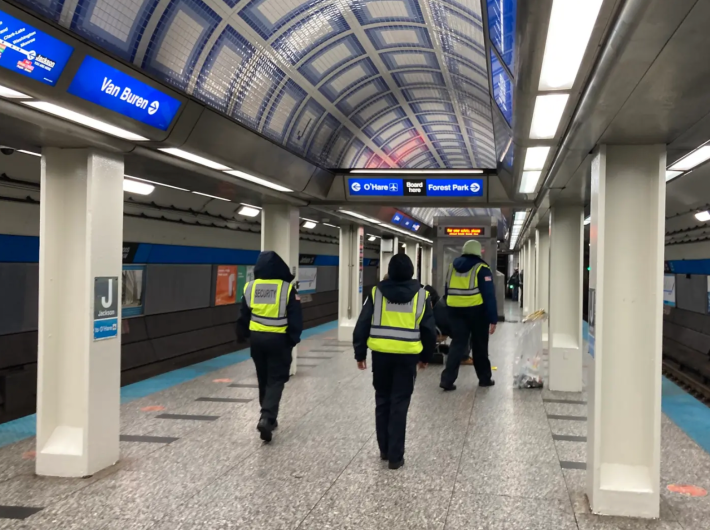
The CTA press release added that the agency got more than a thousand complaints about smoking from customers last year. Unsurprisingly, the Red Line and the Blue, which run all night, got the most complaints at 438 and 313.
"With around 800,000 riders on an average weekday, it’s impossible to stop every single instance of smoking on CTA," the release insisted.
I asked a few transit advocates for their opinion on the news, but none chose to provide much feedback. "While smoking on CTA vehicles and premises is never OK, solving this issue is complex and nuanced," said Fabio Göttlicher, cofounder of the grassroots group Commuters Take Action, declining to comment further.
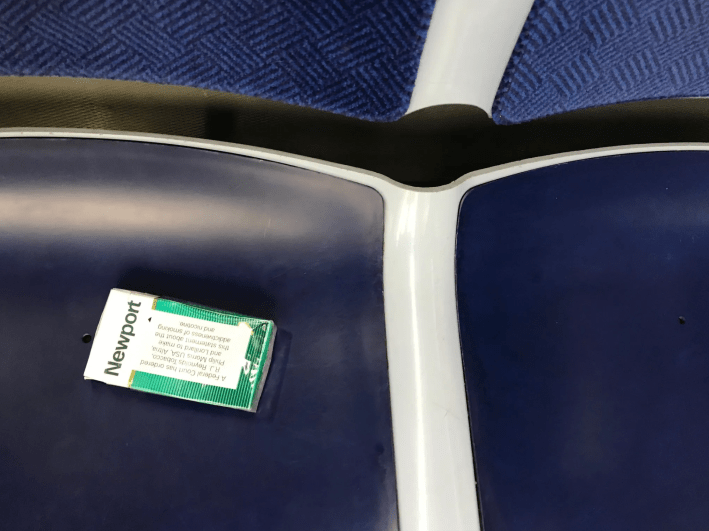
So here are a few more thoughts from my perspective. On the one hand, it's encouraging that roughly 50 percent more tickets were issued for smoking in 2023 than in previous years – it appears that the problem is being taken seriously.
On the other, it's not ideal that this means more people are having negative interactions with police due to a relatively minor (although in this case harmful and annoying) infraction. We saw an example of how such exchanges can easily escalate to violence four years ago, when officers tried to detain Ariel Roman for illegally walking between Red Line cars. As he fled, one of the cops recklessly fired a gun at him up the escalator of the busy Grand Avenue station, inflicting life-changing injuries.
And some people lighting cigarettes or joints on the 'L' appear to be garden-variety young folks partying on the train. But other individuals seem to be people who are unhoused and/or have mental illness, who are taking shelter on the train. While it makes sense for officers or guards to tell them to stop smoking, ticketing them is pointless.
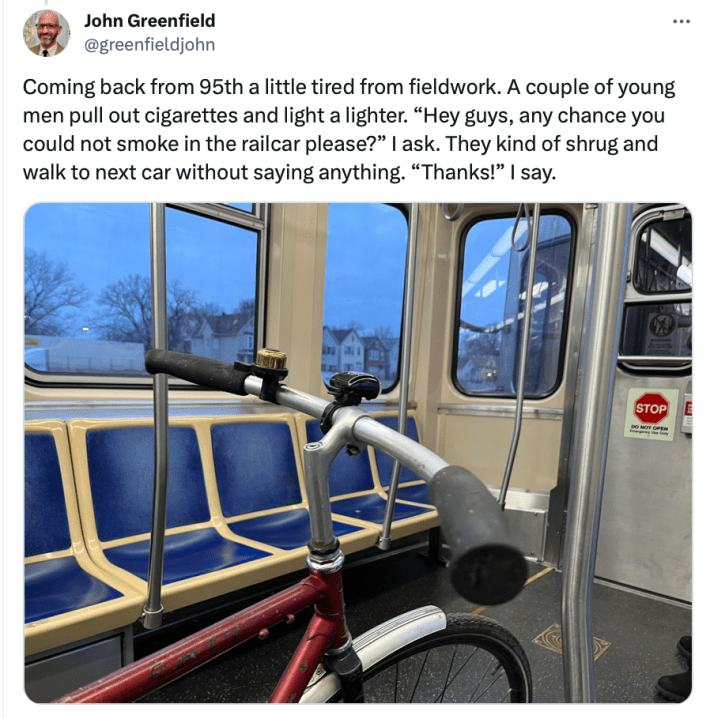
On a positive note, in recent years I've gotten in the habit of politely asking people who are about to light up if it's possible for them to not smoke in my car. I'm not suggesting this would be a safe approach for everyone to try. And maybe I've just been lucky that I've never gotten an antagonistic, let alone violent, response. Instead people have generally left the carriage, or even put away the cigarette and apologized. At worst I was ignored, so I had to move to another car to avoid getting hotboxed.
At any rate, I'm optimistic that as CTA ridership continues to improve, and there are more "eyes in the 'L' cars" to discourage bad behavior, smoking on trains will become less of an issue. Hopefully in the future the problem will vanish like a puff of smoke.

Did you appreciate this post? Please consider making a tax-deductible donation to help Streetsblog Chicago keep publishing through 2025. Thank you.
